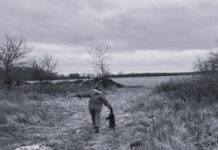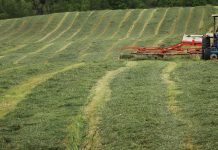The science project had to be something that she was interested in. My daughter usually isn’t the kind who goes for beaker and test tube experiments or big displays that Dad has to help build. She wanted to steer away from anything with animals like analyzing our mouse “Morty’s” behavior in a maze. Anyway, “You can’t take an animal to the science fair with you. You’d have to have a lot of really good material,” she said.
She always seems to enjoy anything that has to do with psychology. In fifth grade, she did a survey of 50 people’s reactions to colors and how they related to feelings. It was a lot of work for a 10 year old and she came up with some interesting conclusions. In eighth grade, she did a demonstration on carbon dioxide by dropping a raisin in a glass of pop to show how the C02 escaped. That project was made for her since she’s a noted pop-aholic. She got to drink the pop every time she did the experiment, even though it had to be clear and Coke is her favorite (a small drawback to an otherwise perfect project for her).
This was the first time she was actually taking her project to the science fair. It had never been required in her classes, but this year it would give extra credit. So where do we look? The library had several books full of science project suggestions. We brought them home, scanned through them, and found one that studied short-term memory in relation to gender. She liked it.
Let me explain. She showed simple pictures that could be associated with either boys or girls to an equal number of each sex in grades K-5. She noted what was remembered – for instance, whether boys tended to remember a ball glove better than a doll or the opposite for girls. She graphed her surveyed data and drew conclusions.
She expected that the children would recall objects that are traditionally associated with their own gender. Only 64 percent did which is not the walk-away majority that one might expect. This pleases me; I hope we are getting away from stereotyping kids with toys and, more important, attitudes.
She also expected that her plain and simply presented project, although well organized, would not place well at the fair. It placed well enough to be taken to a fair at the next level. This pleased us both. Nice job Jo!
I was also pleased because this reinforced an idea that some of you readers have probably picked up on as being important to me – that less is often more. In our American world of plenty, this is a lesson worth going over every day.












